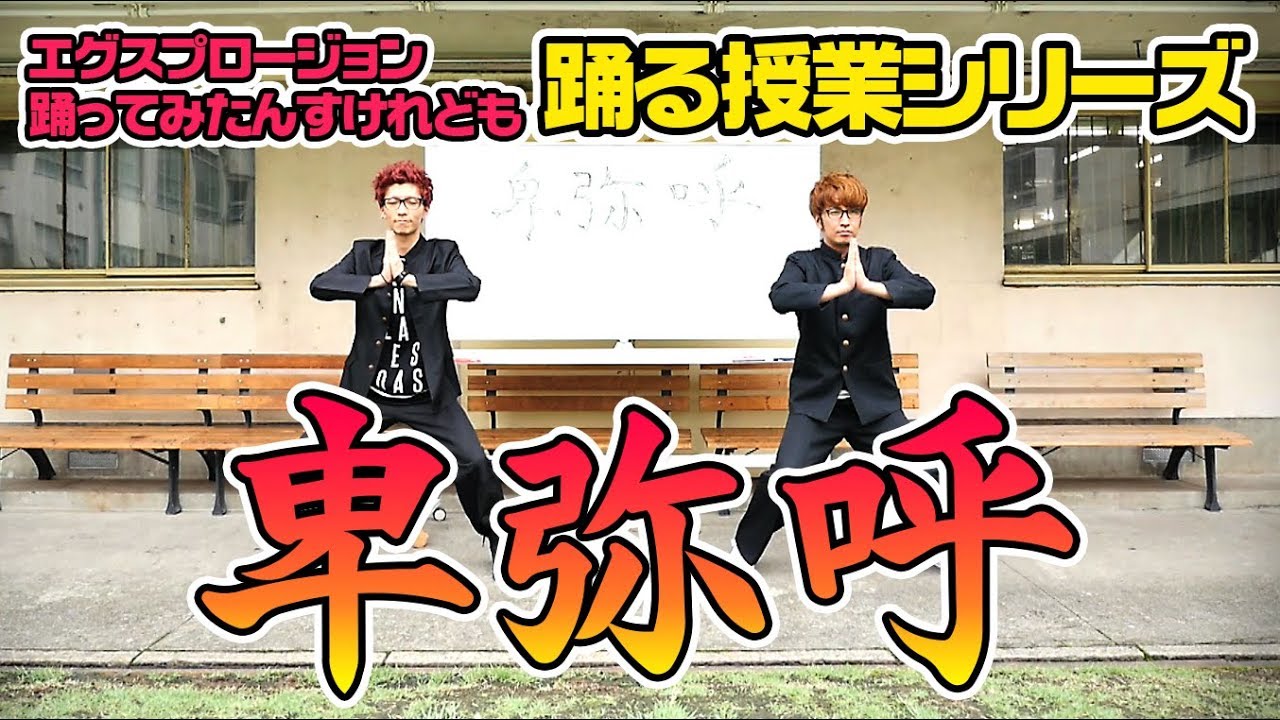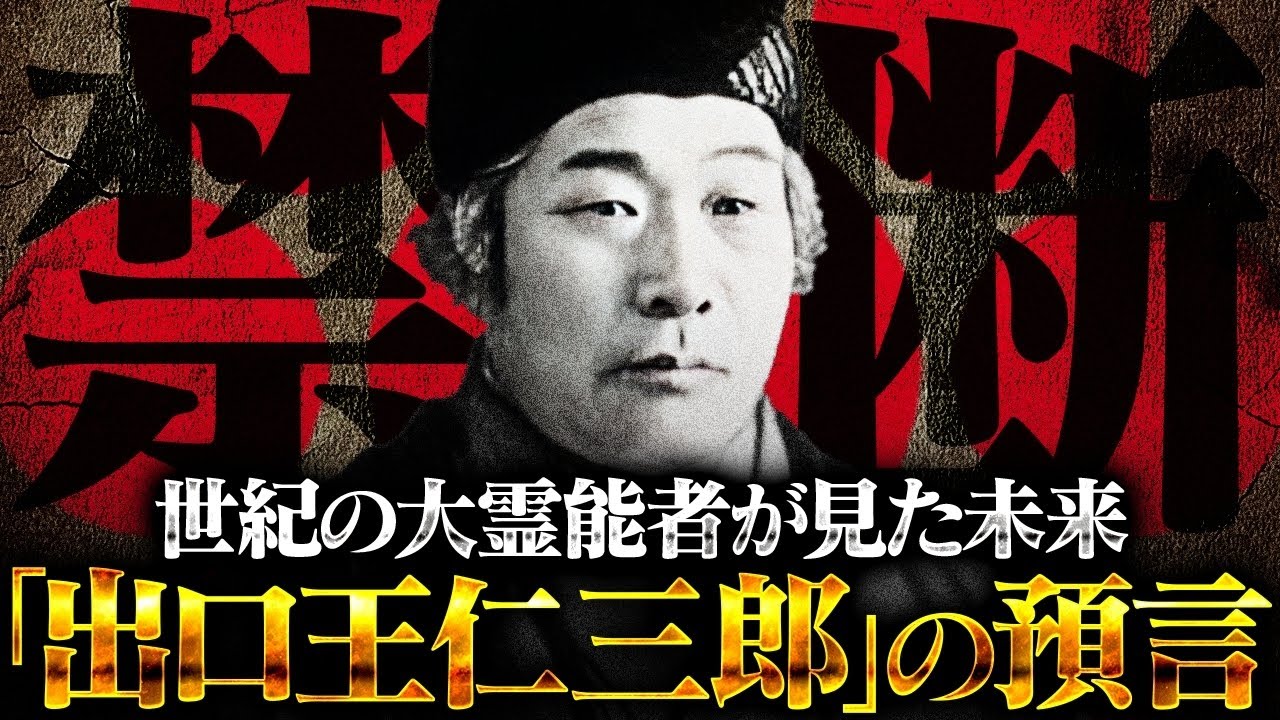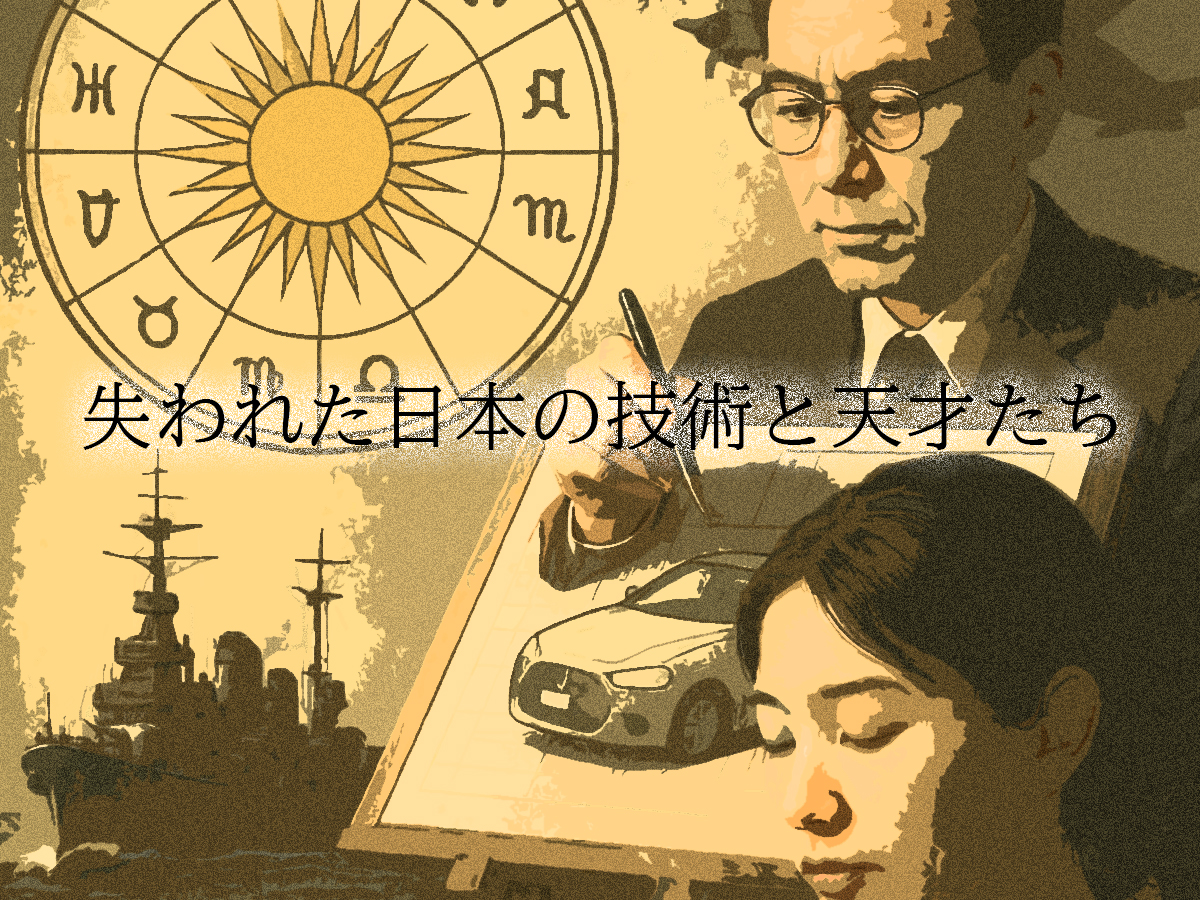I like exsplosion, what a great idea.
- Introduction
- Multiple Tombs and the Eastern Migration
- 1. Geographical and Directional Indications in the Weizhi Worenzhuan
- Himiko = Shamanic Beings Throughout the Country
- Why is the Nara (Kinai) Theory Supported?
- The Mystery of the “Han Tradition” and “Qin People” in the Weizhi Worenzhuan
- Conclusion and Summary
Introduction
Himiko and Yamatai-koku — this is one of the greatest mysteries in ancient Japanese history. For many years, the “Nara (Kinai) theory” and the “Fukuoka (Kyushu) theory” have waged debates. However, the view that the Fukuoka Prefecture = Yamatai-koku theory is 99.9% correct is rapidly gaining support now. (I am someone who recently learned about this.) This article will thoroughly explain the basis for this view and delve into the true nature of Himiko.
| Event | Period | Consideration |
| Wa Country Great Disturbance | Late 2nd century | Continuous civil war among many small countries |
| Young girl Himiko becomes queen | Around 180 CE? | Effective start of reign in her teens? |
| 親魏倭王 (Shin-Gi Wa-Ō) (Gold Seal) | 239 CE (First year of Zhengshi) | If in her 60s at this point, did she reign for 50 years since her ascension? Unnatural. |
| Himiko’s death | 247 or 248 CE | Record of large burial mound and 100 human sacrifices. |
What Was Himiko?
- While read in Chinese characters as “humble person’s (humble term) shaman (miko),” it is actually considered a phonetic transcription of “Hi no Miko (日の巫女) = Sun Child/Priestess of the Sun.”
- Therefore, it was a title given to successive ritualistic priestesses (shaman queens), not the proper name of a single individual.
- Her position was that of a “ritualistic monarch” who received divine oracles and presented them to the state, with politics sometimes handled by her younger brother (Isekihiko/Ikiki) or assistants.
Reign Length Impossible for a Single Generation
A reign of approximately 60-70 years is unnatural, considering the average lifespan and power structures of the time. It is highly probable that mystery and youth were emphasized for priestesses, making a system of succession around 30 years old more realistic. Therefore, it is highly plausible that there were 3-4 Himikos.
Multiple Tombs and the Eastern Migration
① Himiko of the “Hashihaka Kofun”
- The “authoritative Himiko” who received investiture from Wei.
- Likely the Himiko around 239 CE, existing at the center of the Yamato court.
- The “100 human sacrifices” and “huge tomb” in the Weizhi Worenzhuan (Records of Wei: Account of the Wa People) match this person.
- Potentially a figure directly connected to the later Imperial Family.
② Himiko of “Yoshinogari”
- A figure said to have died in 248 CE.
- The end of the priestly government in northern Kyushu, replaced by a male king (the king before Iyo).
- Theories of assassination due to dissatisfaction with the female government or internal conflicts.
- A shamanic figure buried in Yoshinogari during the course of the eastern migration.
Connection with Tenson Kōrin (Descent of the Heavenly Grandchild)
Multiple generations of “Hi no Miko” (Himiko) traveled throughout the country, establishing a network of rituals. The shift of power (eastern migration) from Kyushu to Yamato also overlaps with the Tenson Kōrin myth (the descent of Ninigi-no-Mikoto). This implies a spiritual lineage that can be read as Himiko → Hiko → Hikohōhodemi → Ninigi. The “multiple Himiko theory” is also a key to bridging myth and historical fact.
1. Geographical and Directional Indications in the Weizhi Worenzhuan
The Chinese historical text, Weizhi Worenzhuan, meticulously describes the journey to Yamatai-koku:
Guye-guk (southern tip of Korea) → Tsushima → Iki → Matsuro-koku (Saga) → Ito-koku (Itoshima) → Na-koku (Fukuoka City) → Fumi-koku (Munakata) → Tōma-koku (Chikugo) → Yamatai-koku.
A straightforward reading of this route strongly suggests the high probability of Yamatai-koku’s existence in the Fukuoka Prefecture-Saga Prefecture area.
② Ito-koku’s Center is in Itoshima, Fukuoka Prefecture
The Weizhi Worenzhuan states that Ito-koku was the “important country responsible for diplomacy before Yamatai-koku.” In Itoshima City, Fukuoka Prefecture, archaeological sites like Hirabaru Ruins and Mikumo Minami-koji Ruins preserve Yayoi period royal tombs and large-scale structures. This makes sense as a “diplomatic relay point” preceding Himiko.
③ Numerous Excavated Remains Corresponding to the “Himiko Era”
Fukuoka Prefecture boasts a wealth of archaeological evidence, including:
- Yoshitake Takagi Site (Fukuoka City): Large building complexes and ritual facilities (potential capital of the queen).
- Sugunookamoto Site (Kasuga City): Numerous bronze mirrors and swords excavated, said to be the center of Na-koku.
- Hirabaru Site (Itoshima City): Possible queen’s tomb containing the largest “Naikōkammonkyō” (Chinese-made mirror) in Japan.
④ Proximity to Ancient China
Geographical advantage of direct connection to the Korean Peninsula via Tsushima and Iki. It was the most accessible location for envoys from China (Wei), making the “Guye-guk → Tsushima → Iki → Kyushu” route realistic.
Counterargument: “Is the Kinai Theory (Nara, Makimuku) Not Valid?”
Recent excavations at the Makimuku Ruins have greatly strengthened the Nara theory (e.g., the theory that Hashihaka Kofun is Himiko’s tomb). However, there remains strong criticism that the “distances and directions are unnatural” when compared with the Weizhi Worenzhuan descriptions.
Why is the “Fukuoka Theory” Said to Be “99.9%”?
(The phrase “Why, why…?” sounds like a faint echo of a song.)
This is because, if Yamatai-koku is understood not as a singular capital but as a “confederate/networked center,” then the initial base was definitely in Kyushu.
- Himiko originally served as a ritualistic monarch in northern Kyushu.
- From there, her influence and spiritual lineage spread eastward, eventually connecting to “Tenson Kōrin” and the “Yamato court” in later generations.
Himiko = Shamanic Beings Throughout the Country
“Himiko” was not a proper name but an official title for a woman who performed rituals. Therefore, it is believed that multiple “Himikos” existed throughout the country. It’s unrealistic for one person to maintain a reign of 70 years in an era where the average lifespan was around 40. It’s highly probable that Himiko’s title was passed down through generations, with 3-4 individuals holding the position.
This is why legends of Himiko exist across the country, and it’s thought that a network was expanded through security alliances and political marriages centered around Yamato.
This aligns with the memories of the real “Hi no Miko” (日御子) who existed in various regions nationwide.
1. Himiko = Title/Official Position (Hi no Miko)
Himiko was not the name of a single woman, but the position of “Hi no Miko (日御子) = Priestess of the Sun / Ritualistic Monarch.” Women holding this position were indispensable in the various states and tribes that existed throughout the land. Documents like Hotsuma Tsutae also suggest that Himiko was a descendant or incarnation of Amaterasu (Amaterasu Omikami), implying a highly revered status not just as a shaman, but as the “Sun Priestess,” a representative of the Sun Goddess. Amaterasu Omikami’s activities were primarily those of a miko, weren’t they?
2. Stability Among Nations = Marriage with Hi no Miko
By installing or welcoming a Himiko (Hi no Miko) and establishing marriage/ritualistic ties with Yamato (the center), political and spiritual stability was achieved in the regions. In ancient Japan, “spiritual legitimacy” was synonymous with governmental legitimacy, and Himiko’s presence served as proof of that.
3. To Guarantee Diplomatic and Ritual Authority
Even in diplomatic documents and tributes to “Wei” and other countries, regional powerful clans would send envoys under the name of the central Himiko, creating an impression of unity and solidarity. However, in reality, various “legitimate Himikos (divine branch entities)” existed in each region.
Why Couldn’t Chinese Historical Records Specify “Yamato’s Location”?
The Weizhi Worenzhuan states that “to the south of Wa is Yamatai-koku,” indicating a southward progression from Kyushu. However, this “directional confusion” can be explained by the following reasons:
There were “Yamatai-koku-like Himiko Governments” in Various Regions
Yamatai-koku was a ritualistic center, a base for Himiko, and it’s possible it “moved” depending on the era and region. Also, local Himikos were “agents of Yamatai-koku’s Himiko” or “branch shaman queens,” so some tribes told Chinese envoys, “We are Yamatai-koku.”
Examples of Regions Where Legends Remain
| Region | Remnants of Himiko/Hi no Miko Legends |
| Kyushu (Yoshinogari, Chikushi) | Legends of early royal queens, existence of burial mounds. |
| Yamato (Hashihaka, Makimuku) | Center of legitimate Hi no Miko, connection to the Imperial Family. |
| Izumo | Tradition of shaman queens and priests, Kami-mukae (welcoming of gods) at Inasa no Hama. |
| Tango/Tanba | Strong goddess worship and Hi no Miko traditions. |
| Ise/Kumano | Tradition of sacred priestesses (Saigū), overlaps with Amaterasu legends. |
| Hokuriku/Shinshu | Strong shamanistic traditions and prayer culture still evident. |
| Tohoku (Iwate, Yamagata) | Sun deity worship and traditions related to Mishaguji/Oshirasama. |
Why is the Nara (Kinai) Theory Supported?
The Makimuku Ruins and Hashihaka Kofun in Sakurai City, Nara Prefecture, have garnered attention as potential tombs of Himiko. However:
- The distances and directions in the Weizhi Worenzhuan are unnatural for Nara.
- Hashihaka Kofun could also be for the second Himiko or her successor.
This suggests that the initial base was indeed Fukuoka, and Yamato was the “second stage” where authority later shifted.
The Mystery of the “Han Tradition” and “Qin People” in the Weizhi Worenzhuan
The “Han Tradition” (韓伝) written before the Weizhi Worenzhuan describes the history of the Korean Peninsula and its relationship with Wa (Japan), not just Himiko and Yamatai-koku. Within it is a fascinating passage:
“Many Qin people migrated to Jinhan (辰韓).”
This is believed to be a group of Yayoi people, but they were actually Jews. In the 4th century, this group of Jews came to Kyushu, Japan, via the Korean Peninsula. These were the Hata clan (秦氏). There are various branches of the Hata clan, including cavalry nomads and those who literally served Qin Shi Huang.
Historical Romance: Were the Yayoi People Ancient Israelites? ~ The Hata Clan and the Japan-Israel Common Ancestry Theory ~ (This link from the original text directs to a blog post about the Hata clan and the Japan-Israel common ancestry theory.) It is widely known that the roots of the Japanese people are a mixture of Jomon and Yayoi people. Among them, a theory that has been discussed among some researchers and history enthusiasts in recent years is: “Could some of the lost 10 tribes of ancient Israel have been included among the Yayoi people?”…
Conclusion and Summary
- The starting point of Yamatai-koku was “Fukuoka Prefecture = Northern Kyushu.”
- Archaeology, literature, and geography all align.
- Himiko was an official title for multiple individuals, holding influence nationwide as the pinnacle of shamans.
- The political shift from Kyushu to Yamato led to Tenson Kōrin and the formation of the Yamato court.
- Ultimately, Yamatai-koku was not “one place” but a “federal cluster of shamanic kingdoms.“
Based on these points, the “Yamatai-koku = Fukuoka theory” stands as an extremely strong historical argument.
In the orthodox Takeuchi Monjo (Ancient Documents of the Takeuchi Family), the existence of successive “Hi no Miko” (ひみこ) is not a specific individual but a title/position for a ritualistic monarch who communicates with gods across generations. They were the supreme authority in spiritual and religious matters, separate from the “ruling monarch (Ōkimi/Sumeramikoto)” who held political power. The ruling monarch (Sumeramikoto) was said to govern under the divine will of the “Hi no Miko,” forming a system of unity between divine and political rule. This is a respectful term for the Emperor.
Himiko was a symbol of the shamanic monarchy, a spiritual leader who delivered divine oracles rather than engaging in politics. She reigned as a praying monarch for multiple generations, was absorbed and integrated into the male monarchy over time, and sublimated into mythology. Her spiritual lineage was thus inherited by Amaterasu Omikami, Tenson Kōrin, and the Imperial Family.
It’s like a “Himiko 48” group now. (That’s not funny.) There must have been people who performed shamanic activities, and thank you all for your hard work.



コメント